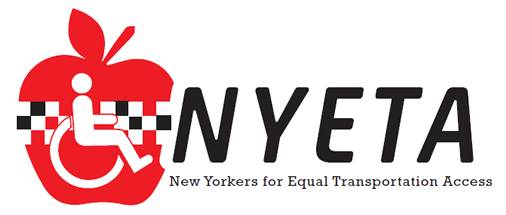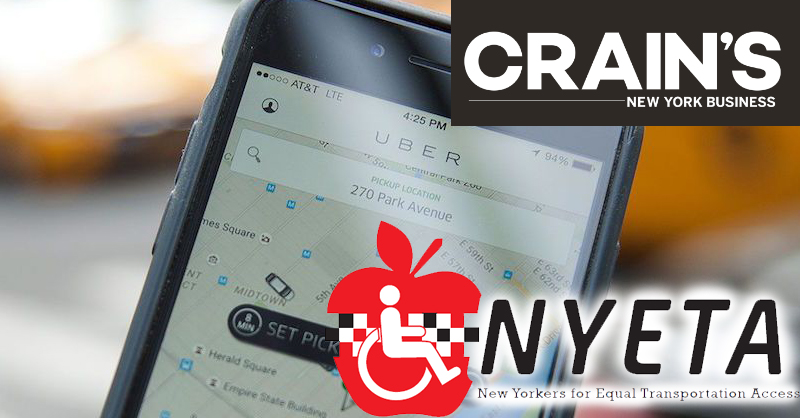From Crain’s New York Business:
Uber has taken new York by storm since launching here six years ago. Three out of every four for-hire rides New Yorkers take in a car other than a yellow cab now come through the app. But Uber’s aggressive growth and reliance on independent contractors instead of employees and the stream of press reports alleging a sexist company culture have made it an easy scapegoat for the shortcomings of an industry that long resisted innovation, in large part because it enjoyed so much protection from market competition.
Along came Uber and today hailing a car with an app—and having the fare automatically charged to your credit card—is the new normal. The irony is that nobody trusts Uber—even though everyone uses it. That has made the $70 billion company surprisingly vulnerable.
All this helps explain why Uber’s New York executives came to our newsroom last week. They were trying to satisfy critics who have been assailing the company for not providing enough wheelchair-accessible service, while also staving off regulators looking to enforce requirements that car services give wheelchair users equal access to their vehicles. Those rules have long been on the books, and just about every for-hire fleet operator flouts them. But Uber being Uber makes the company a target. The executives, of course, didn’t describe their plan to expand wheelchair service in those terms. “It’s part of our mission to be a reliable ride for everyone, everywhere,” said General Manager Josh Mohrer.
Uber’s proposal calls for a 5-cent surcharge on every for-hire ride, money that would be used to attract more drivers, not just those working for Uber, to convert to wheelchair-accessible vehicles. That way, “companies would compete to provide the best service,” Mohrer said.
The fact that Uber is pushing this plan speaks to its desire to neutralize naysayers, as the company could easily solve the shortage problem on its own. In fact, it already is. Last fall Uber launched a pilot program to improve accessibility. By lowering its fees, it has enticed drivers to put 200 wheelchair cabs on the road. A few more months could bring that total to 1,000—the number Uber says is enough to make the service reliable for the 1% of New York riders who need it.
Wheelchair service “is not going to be big business for us,” Mohrer said. But that doesn’t mean it couldn’t be. The Metropolitan Transportation Authority alone spends $600 million to ferry disabled passengers. Uber’s wheelchair cars could prove a cheaper alternative. But the company would have to fulfill its own mission to make it happen.
Read more from Crain’s New York Business…


Recent Comments